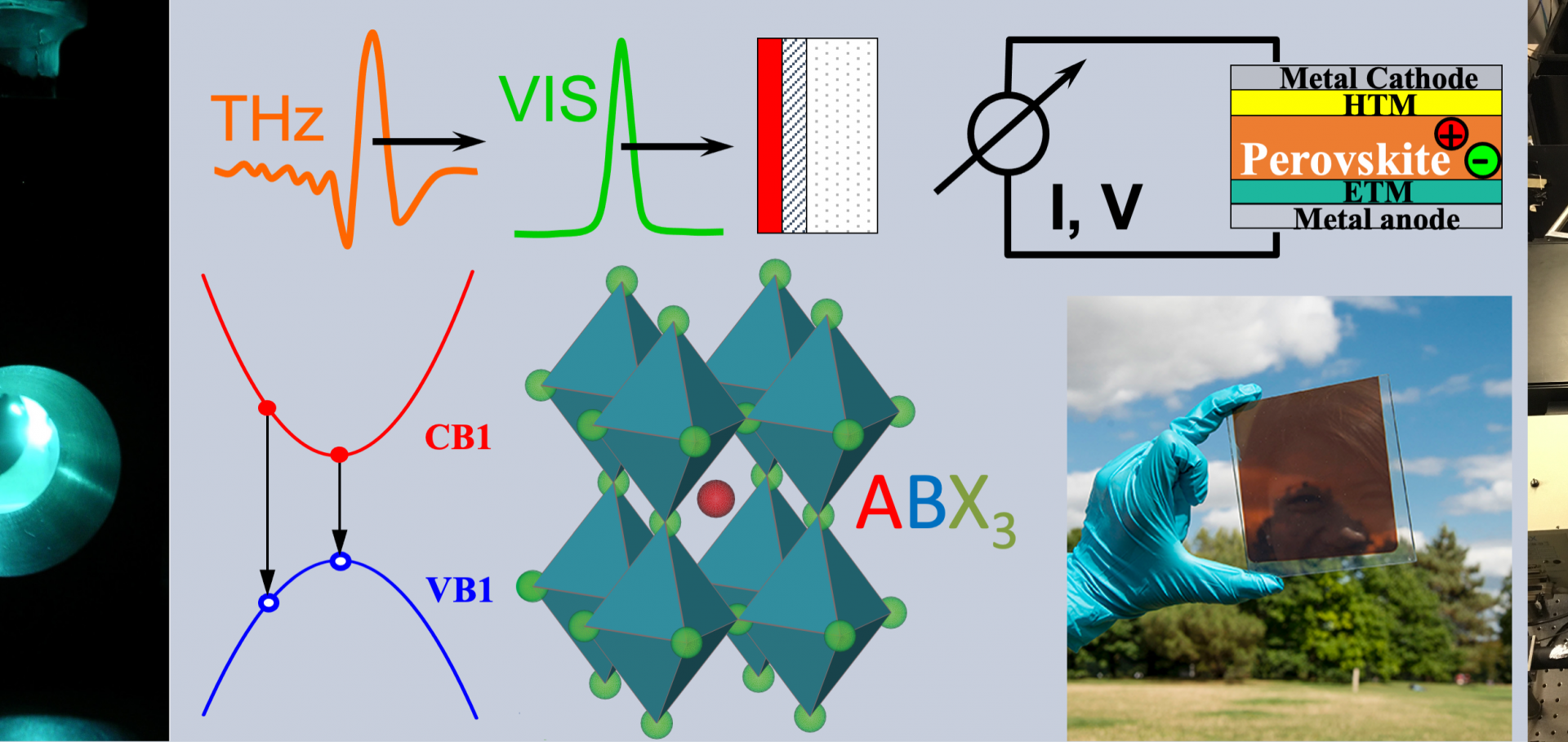The Importance of Interface Morphology for Hysteresis-Free Perovskite Solar Cells
Photon Reabsorption Masks Intrinsic Bimolecular Charge-Carrier Recombination in CH3NH3PbI3 Perovskite.
Abstract:
An understanding of charge-carrier recombination processes is essential for the development of hybrid metal halide perovskites for photovoltaic applications. We show that typical measurements of the radiative bimolecular recombination constant in CH3NH3PbI3 are strongly affected by photon reabsorption that masks a much larger intrinsic bimolecular recombination rate constant. By investigating a set of films whose thickness varies between 50 and 533 nm, we find that the bimolecular charge recombination rate appears to slow by an order of magnitude as the film thickness increases. However, by using a dynamical model that accounts for photon reabsorption and charge-carrier diffusion we determine that a single intrinsic bimolecular recombination coefficient of value 6.8 × 10-10 cm3s-1 is common to all samples irrespective of film thickness. Hence, we postulate that the wide range of literature values reported for such coefficients is partly to blame on differences in photon out-coupling between samples with crystal grains or mesoporous scaffolds of different sizes influencing light scattering, whereas thinner films or index-matched surrounding layers can reduce the possibility for photon reabsorption. We discuss the critical role of photon confinement on free charge-carrier retention in thin photovoltaic layers and highlight an approach to assess the success of such schemes from transient spectroscopic measurement.Efficient ambient-air-stable solar cells with 2D–3D heterostructured butylammonium-caesium-formamidinium lead halide perovskites
Abstract:
Perovskite solar cells are remarkably efficient; however, they are prone to degradation in water, oxygen and ultraviolet light. Cation engineering in 3D perovskite absorbers has led to reduced degradation. Alternatively, 2D Ruddlesden–Popper layered perovskites exhibit improved stability, but have not delivered efficient solar cells so far. Here, we introduce n-butylammonium cations into a mixed-cation lead mixed-halide FA0.83Cs0.17Pb(IyBr1−y)3 3D perovskite. We observe the formation of 2D perovskite platelets, interspersed between highly orientated 3D perovskite grains, which suppress non-radiative charge recombination. We investigate the relationship between thin-film composition, crystal alignment and device performance. Solar cells with an optimal butylammonium content exhibit average stabilized power conversion efficiency of 17.5 ± 1.3% with a 1.61-eV-bandgap perovskite and 15.8 ± 0.8% with a 1.72-eV-bandgap perovskite. The stability under simulated sunlight is also enhanced. Cells sustain 80% of their ‘post burn-in’ efficiency after 1,000 h in air, and close to 4,000 h when encapsulated.


